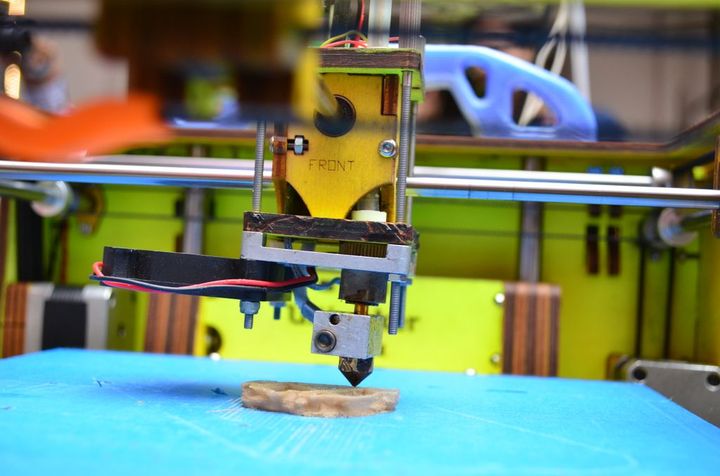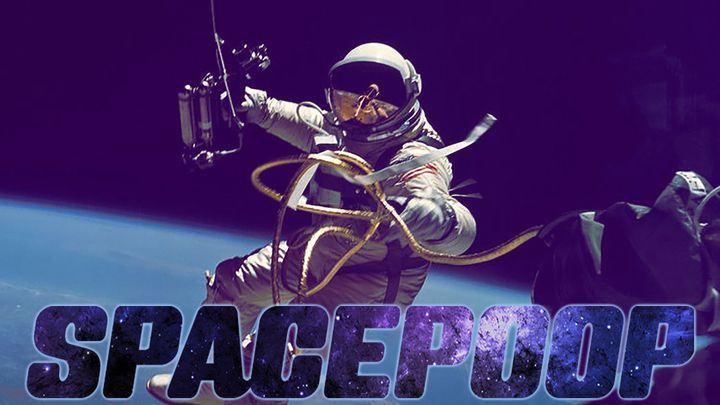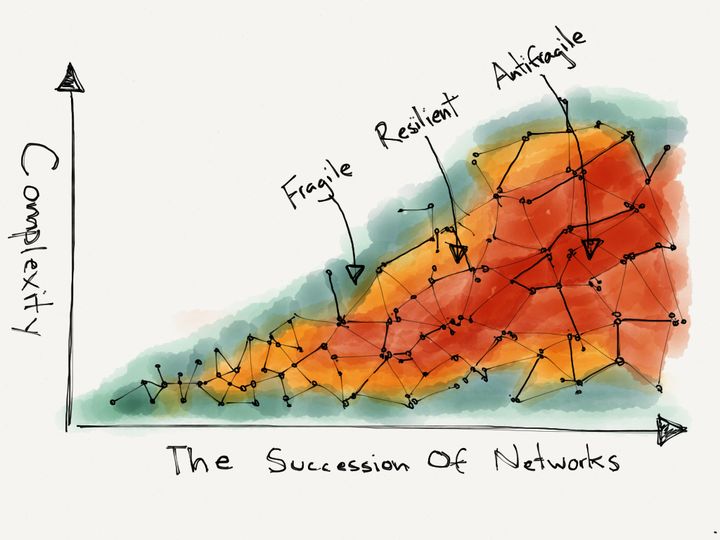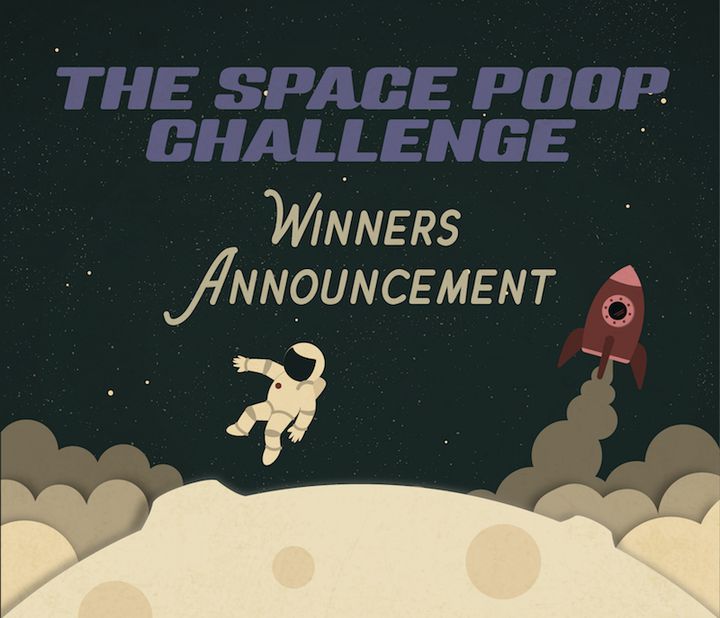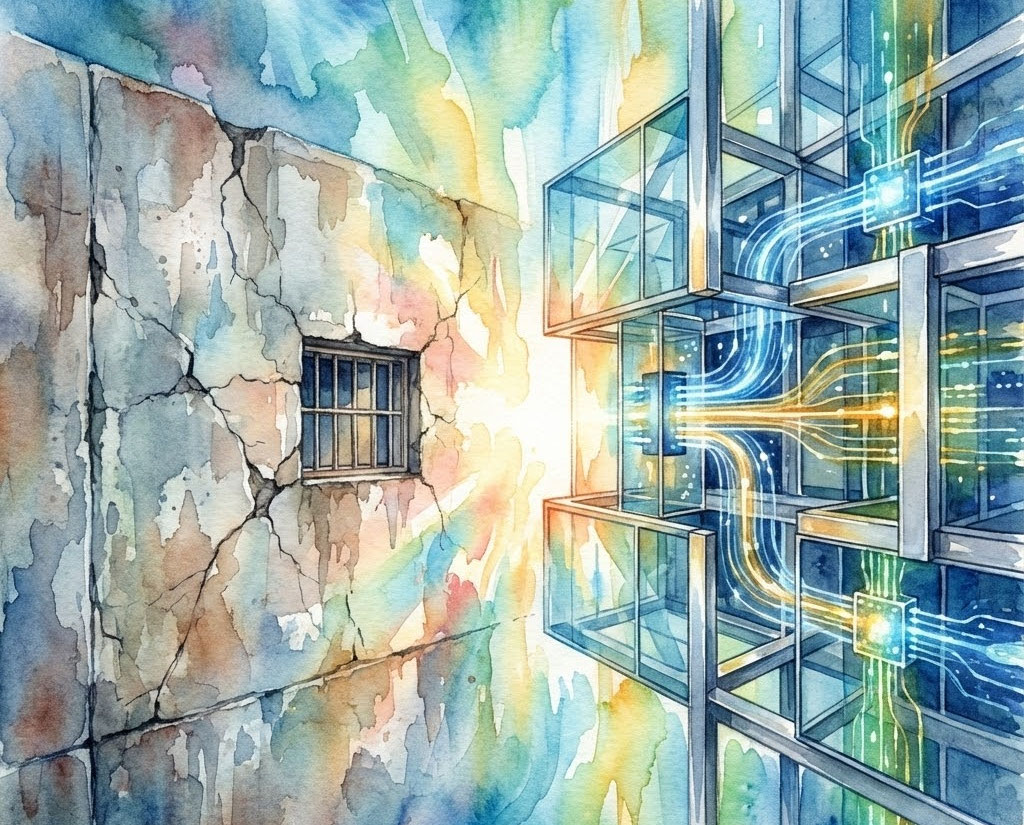
It seems a vision right out of Star Trek: ask for food to be replicated rather than get it cooked. But thanks to the ever-lowering cost of 3D printers, this is quickly becoming a reality. People are thinking about using 3D food to solve the hunger problem or to provide nourishment for those who work in isolated environments, such as Antarctica or outer space.
Even basic foods such as fruit can be replicated. A company called Dovetailed is creating artificial apples and the like using a technology called "spherification". The exact process has not been revealed, according to 3Dprint.com, but the supposed process involves removing the puree from fruit and combining it with sodium alginate. Next, the substance is placed into calcium salt, where tiny spheres are created. The 3D printer then takes these spheres and mixes them with other spheres that taste pretty close to the real thing.
If that isn't sweet enough for you, try 3D candy. 3D Systems has won a Consumer Electronics Show award for its Cubify printer, says Fast Company. The process involves combining water and sugar to create crystallized frosting. The ChefJet printer comes in two versions: one that prints simple chocolate concoctions and the other that adds food coloring to make it that much more interesting.
But one can't live on sweet foods and fruits alone. How about something that is a little more meal-like? Marcelo Coelho Studio not only has a candy printer, but more sophisticated versions that promise a simulated full meal. Its Digital Fabricator concept, for example, stores and cooks a user's favorite ingredients. "These are piped into a mixer and extruder head that can accurately deposit elaborate food combinations with sub-millimeter precision. While the deposition takes place, the food is heated or cooled by the Fabricator’s chamber or the heating and cooling tubes located on the printing head," the website says.
Philips Design has also created a Food Printer that "could have a profound effect on the way we eat and source our food 15-20 years from now," according to Pop-Up City. As with the Digital Fabricator, this printer mixes ingredients in the desired consistency for users to enjoy. Today this sort of process is seen as a novelty, but over time it could become more accepted -- even replacing the cooking that we are used to today, the publication adds.
The concept of printed food is becoming so successful on Earth that NASA is talking about installing a printer on the International Space Station to make it possible in space. The station will be host to multiple 3D printers in the next couple of years, so this would be a natural extension of printing tools and other supplies that people need on long voyages.
In 2013, NASA gave a Small Business Innovation Research (SBIR) Phase I contract to a Texas company called Systems and Materials Research Consultancy to see how viable 3D printing would be. The agency says this will be extremely useful for long-duration missions, especially if it plans to land astronauts on an asteroid or Mars. NASA also funded a company called Anjan Contractor, which has made pizzas that could be replicated in space one day.
Think about what all of this means. If we're talking about printing food on-demand, in harsh environments, we might be able to make food more accessible in countries facing hunger problems. Theoretically, as long as the ingredients are available and the 3D printer is accessible, it would be easy to manufacture food on demand.
That said, there would be technological barriers -- not to mention shipping and maintenance problems -- to keep the 3D printer available for its use. This is why it's so important to test it in isolated environments first, to see how viable it could be in the long term.
For now, 3D printing remains a novelty technology, but what these companies show is its possibilities. Perhaps over time we will turn to a printer for our nightly meal rather than the microwave or the oven.
Top image: Wikimedia Commons
